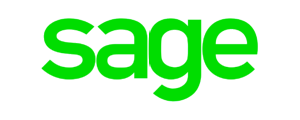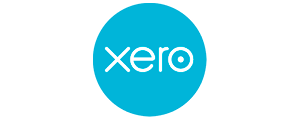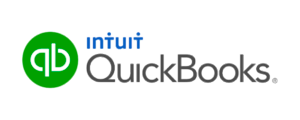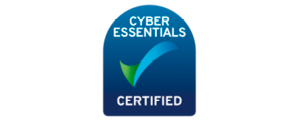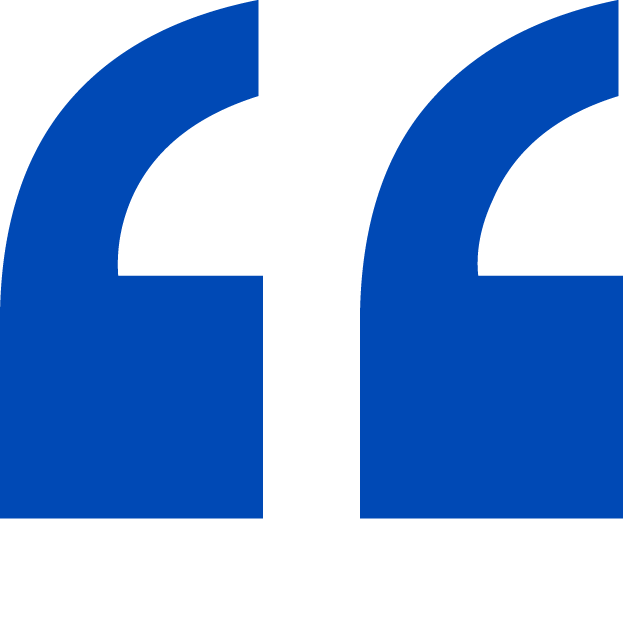If you’re in the process of setting up a new business, such as a private healthcare practice, then one of the first things you’ll need to do is estimate your future cash flow.
But just what is a cash flow forecast? And where do you start when creating one?
Here we detail why managing a healthy cash flow is critical for a successful startup and how to calculate cash flow forecasts with a step-by-step guide.
What Is Cash Flow?

The simplest definition of cash flow is ‘the movement of money into and out of a business’.
Every enterprise will log their cash inflows and cash outflows as an important metric to demonstrate their financial health. Tracking your cash flow allows you to accurately see the amount of money that remains within your business after the expenditures have been deducted from the income.
Income could include:
- sales
- investments
- bank loans
- grants or other types of funding
Expenditures could include:
- staff salaries
- operational costs
- tax and V.A.T
- repayment of loans
Understanding this flow of money in and out, and the amount left over, enables a business to not only survive, but also to grow. If there is a positive cash flow then there are sufficient available funds to invest in new product development or an expansion of premises.
It also flags immediately if there is a problem, or negative cash flow. Specifically, when the outgoings far exceed the incomings and there is no money in the pot to pay suppliers or staff.
Cash flow = Income – Expenditure
Negative cash flow could see a business quickly fail, however having too much cash in a business can also be a problem, with missed investment opportunities or growth development. Striking a balance is therefore critical.
Why Is Cash Flow Important?
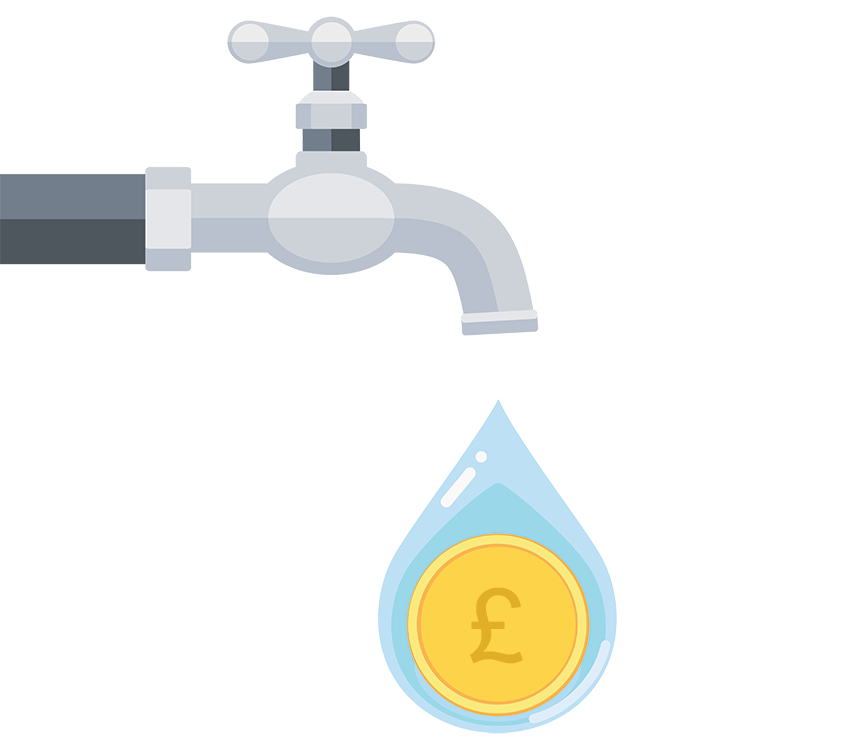 Cash flow is unpredictable and dynamic. If it’s poorly managed it can signal the swift end of a business. Overspending, if not promptly rectified, can lead to issues such as an inability to pay staff salaries.
Cash flow is unpredictable and dynamic. If it’s poorly managed it can signal the swift end of a business. Overspending, if not promptly rectified, can lead to issues such as an inability to pay staff salaries.
Unexpected costs can cripple a business if there isn’t a contingency.
And if income far outweighs outgoings and there is a large cash reserve then a business could stall if it doesn’t invest and grow to keep up with demand.
Isn’t This My Accountant’s Job?
Many new businesses and startups make the mistake of thinking their accountant will manage the cash flow.
However, this is a task for every entrepreneur, founder and owner. It demonstrates the viability of your business idea, highlights the potential longevity of your operation as well as aids future planning.
You don’t need to have accountancy skills to determine your cash flow, but you will need a basic knowledge of spreadsheets as well as the ability to accurately enter data.
What Is a Cash Flow Forecast?
A cash flow forecast is a projection of what the inflows and outflows will be during a specific period in the future. It could be a week in advance, the following month or the next few years. Most businesses have an estimate that covers the next 12 months.
The forecast lists out everything you plan to spend money on during that period, for example, ongoing monthly rental payments for your premises, as well as all the predicted income.
A simple and reliable cash flow forecast is critical to ensure the smooth-running of your new business and should be completed before you open the doors to your startup healthcare practice.
Why Is a Cash Flow Forecast Important?
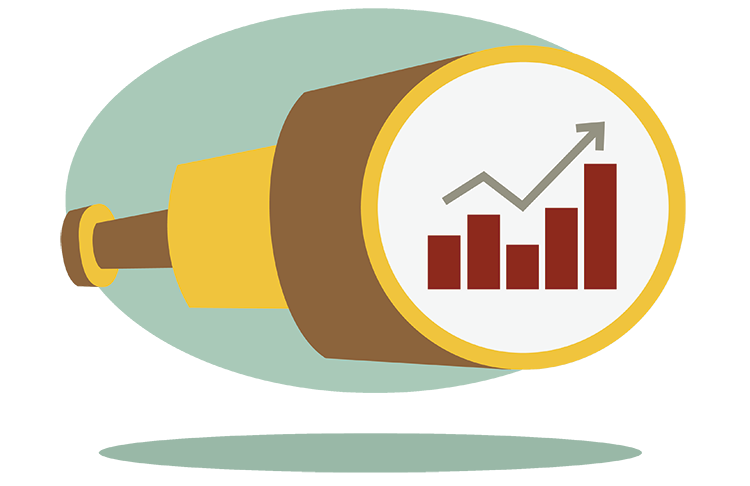 A cash flow forecast can help you to see at a glance any periods where there might be an imbalance in your budget with excess surpluses or shortages.
A cash flow forecast can help you to see at a glance any periods where there might be an imbalance in your budget with excess surpluses or shortages.
It can act as an advance warning as to when you might experience a shortfall that will impact staff payroll or the payment of suppliers.
This allows you to plan in advance so there is a contingency fund to cover the deficit. You could:
- reduce outgoings ahead of time
- apply for credit and loans
- increase your bank overdraft facility temporarily
You can also use a cash flow forecast to map projected future costs, such as an upgrade of equipment or the hire of a new team member and make informed decisions as to where that additional income will come from to cover those costs.
It can also assist with tax preparation as well as help you to plan for any expected turbulent times, such as a recession. And if your business has quiet periods, for example over the winter months, then you can factor these in to ensure you have enough money in the bank to continue to cover expenses and operate during that time.
Many business owners also use these forecasts to help plot out best case, worst case and most-likely future scenarios. They can assist you in running your business as effectively as possible.
A cash flow forecast can also help you to identify if you’re meeting the financial objectives set out in your business plan as well as wider business objectives and goals. It’s also often a requirement for many external stakeholders, such as banks and investors, to evaluate the financial health of your business.
The process of mapping out income for a cash flow forecast can also help you to pinpoint any potential issues with customer payments, such as late or inconsistent payers or missing payments.
It can also uncover other issues and bottlenecks within your business that could be improved.
How to Calculate Cash Flow Forecasts
Producing a cash flow forecast is a straightforward process:
Step 1. Identify the period that your forecast will cover
As noted earlier, this could be for a week, month, year or more. Be clear on the time period that your forecast will cover and ensure that predicted costs and expenses are allocated within the correct time frame.
Step 2. Estimate your predicted income
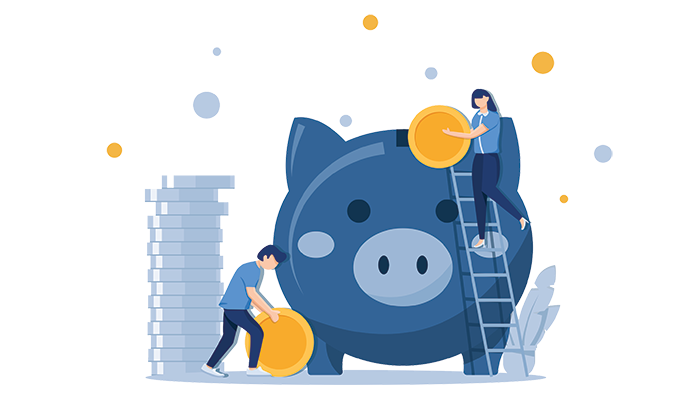 During the period you’ve selected, note down the likely income. This should include sales as well as other investments or loans.
During the period you’ve selected, note down the likely income. This should include sales as well as other investments or loans.
If possible, you can look at past sales as a starting point. However, if you’re a startup or new business, then this will be based on your sales predictions. Factor in any seasonal trends, or marketing activity that might have an impact on sales.
You might be launching a new product or service that will increase income or have a discount promotion planned.
If you have payment terms that aren’t immediate at the time of sale, such as 10, 30 or 60 days, then calculate when clients are due to pay you and when you are expecting their money to actually appear in your bank or building society account.
If work was done in March, but your payment terms are 60 days, then include the income in the May forecast.
Add all these figures together to get your total income figure: A
Step 3. Estimate your expected expenses
Make a list of all the expected outgoings. These could include salaries, operational costs including rent, utilities and council tax, marketing costs, loan repayments and V.A.T contributions.
Some expenses might be fixed costs, such as rent, but others might be variable. Note down all the fixed costs first, and then estimate what the variable costs will be based on well-considered assumptions or past experience.
Add all these together to get your total outgoing figure: B
Step 4. Estimate your predicted cash at the start of the period
If your forecast is monthly for the next 12 months and you are already operational then you’ll have existing cash in the business. This ‘opening balance’ figure might be a negative cash balance.
This cash at the start of the period will be figure C.
Step 5. Use this formula to calculate your cash flow
A – B = X
C + X = cash flow
Here’s an example (numbers are in thousands and currency is GBP)
Cash at the start of the period, or opening balance (C) = 25
Estimated income (A) = 20
Estimated outgoings (B) = 25
20 – 25 = -5
25 + -5 = 20
Therefore, the cash flow total at the end of the period is £20,000.
If you’re preparing a 12-month forecast
It’s easy to follow the above formula to create a 12-month forecast, by carrying over the cash flow total at the end of the period as the following month’s opening balance.
Continuing the example above, if the cash flow at the end of the first month is £20,000, then the second month’s opening balance (figure C) is £20,000.
Helpful Tools and Templates
 Many businesses create useful and effective cashflow documents using a Microsoft Excel spreadsheet. Search online for readymade, usable templates that you can download or replicate. You can find a guide to how to create one from scratch in Microsoft Excel here.
Many businesses create useful and effective cashflow documents using a Microsoft Excel spreadsheet. Search online for readymade, usable templates that you can download or replicate. You can find a guide to how to create one from scratch in Microsoft Excel here.
There are also numerous apps and software platforms available to help with cashflow forecasting.
Accountancy software, such as Xero, use a forecast application called Float that connects to it’s dashboard and system to help businesses to predict their future inflows and outflows.
Forecast for Future Financial Health
Now you know what is a cash flow forecast and how to calculate cashflow, you’ll be in the ideal position to spot a looming cash crisis well in advance and take steps to prevent it or put measures in place to weather the storm.
Understanding your business’ current and future financial health is an important part of financial planning for any startup or new business. Careful management of your cashflow will see your business boom rather than go bust.
